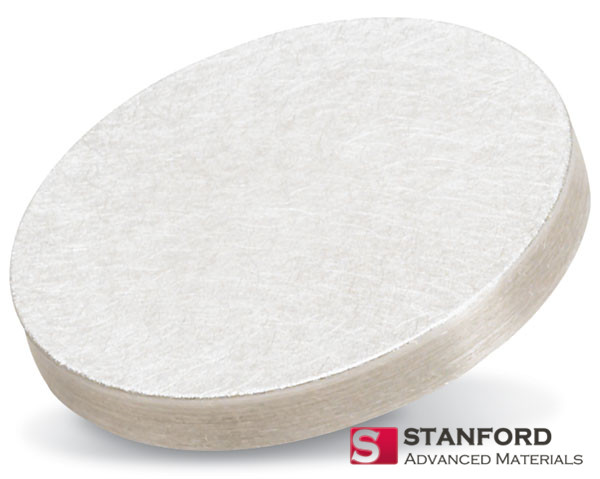Introduction
In the realm of advanced materials and thin film deposition, magnesium sputtering targets play a pivotal role. These targets, composed of high-purity magnesium, are essential components in a range of cutting-edge applications, from electronics and optics to aerospace and renewable energy. In this article, we will delve into the world of magnesium sputtering targets, exploring their properties, applications, and the crucial role they play in various industries.

Understanding Sputtering
Before we dive into magnesium sputtering targets, let’s grasp the sputtering process itself. Sputtering is a physical vapor deposition (PVD) technique used to deposit thin films of materials onto substrates. It involves bombarding a solid target material with high-energy ions, causing atoms or molecules to be ejected from the target’s surface. These ejected particles then condense on a substrate, creating a thin film with the same composition as the target material.
Properties of Magnesium Sputtering Targets
Magnesium sputtering targets are a critical component in thin-film deposition processes, offering a range of properties that make them indispensable in various high-tech industries. Below, we explore these key properties that set magnesium sputtering targets apart:
- High Purity: Magnesium sputtering targets are manufactured with high purity levels, typically exceeding 99.9%. This ensures that the deposited thin films are free from impurities, making them suitable for sensitive applications.
- Good Thermal Conductivity: Magnesium possesses excellent thermal conductivity, allowing for efficient heat dissipation during the sputtering process. This property is crucial in preventing target overheating and ensuring uniform film deposition.
- Low Density: Magnesium is a lightweight metal with a low density, which can be advantageous in applications where weight reduction is a concern, such as aerospace and automotive industries.
Applications of Magnesium Sputtering Targets
Magnesium sputtering targets, known for their exceptional properties, play a vital role in various advanced technologies and industries. Here, we delve into their diverse applications, showcasing their importance in driving progress:
- Thin-Film Solar Cells: Magnesium sputtering targets are used in the production of thin-film solar cells, which are more cost-effective and flexible than traditional silicon-based solar cells. These targets help create the semiconductor layers necessary for solar energy conversion.
- Optical Coatings: In the optics industry, magnesium sputtering targets are employed to deposit thin films for antireflection coatings on lenses and optical filters. These coatings enhance the performance of optical systems by reducing unwanted reflections.
- Corrosion Protection: Magnesium thin films can be deposited onto surfaces to provide corrosion protection. This is particularly useful in industries like automotive and aerospace, where preventing corrosion is critical for component longevity.
- Semiconductor Devices: The semiconductor industry relies on magnesium sputtering targets to create thin films for various electronic components, including transistors and integrated circuits. The high purity of these targets ensures the quality and performance of semiconductor devices.
- Magnesium Alloys: Researchers and manufacturers use magnesium sputtering targets to develop and produce magnesium alloy coatings for a range of applications. These coatings can improve the mechanical and corrosion-resistant properties of materials.
Conclusion
Magnesium sputtering targets are versatile and essential materials in the world of thin film deposition and advanced materials science. Their high purity, excellent thermal conductivity, and low density make them ideal for a wide range of applications, including thin-film solar cells, optical coatings, corrosion protection, semiconductor devices, and magnesium alloy development. As technology continues to advance, magnesium sputtering targets will play an increasingly significant role in enabling innovative solutions across various industries.
Stanford Advanced Materials (SAM) offers a diverse range of pure metal magnesium sputtering targets, each tailored to meet specific application requirements. And our sputtering targets are available in various forms, purities, sizes, and competitive prices. For up-to-date pricing information on our extensive selection of sputtering targets and deposition materials, please don’t hesitate to reach out to us at https://www.sputtertargets.net/.




